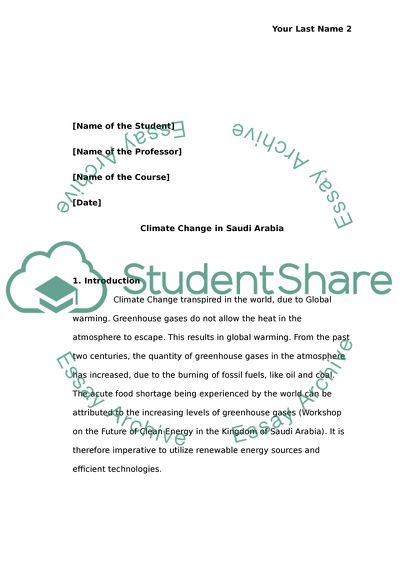Cite this document
(“Climate Change in Saudi Arabia Research Paper Example | Topics and Well Written Essays - 5000 words”, n.d.)
Climate Change in Saudi Arabia Research Paper Example | Topics and Well Written Essays - 5000 words. Retrieved from https://studentshare.org/environmental-studies/1729804-climate-change
Climate Change in Saudi Arabia Research Paper Example | Topics and Well Written Essays - 5000 words. Retrieved from https://studentshare.org/environmental-studies/1729804-climate-change
(Climate Change in Saudi Arabia Research Paper Example | Topics and Well Written Essays - 5000 Words)
Climate Change in Saudi Arabia Research Paper Example | Topics and Well Written Essays - 5000 Words. https://studentshare.org/environmental-studies/1729804-climate-change.
Climate Change in Saudi Arabia Research Paper Example | Topics and Well Written Essays - 5000 Words. https://studentshare.org/environmental-studies/1729804-climate-change.
“Climate Change in Saudi Arabia Research Paper Example | Topics and Well Written Essays - 5000 Words”, n.d. https://studentshare.org/environmental-studies/1729804-climate-change.


